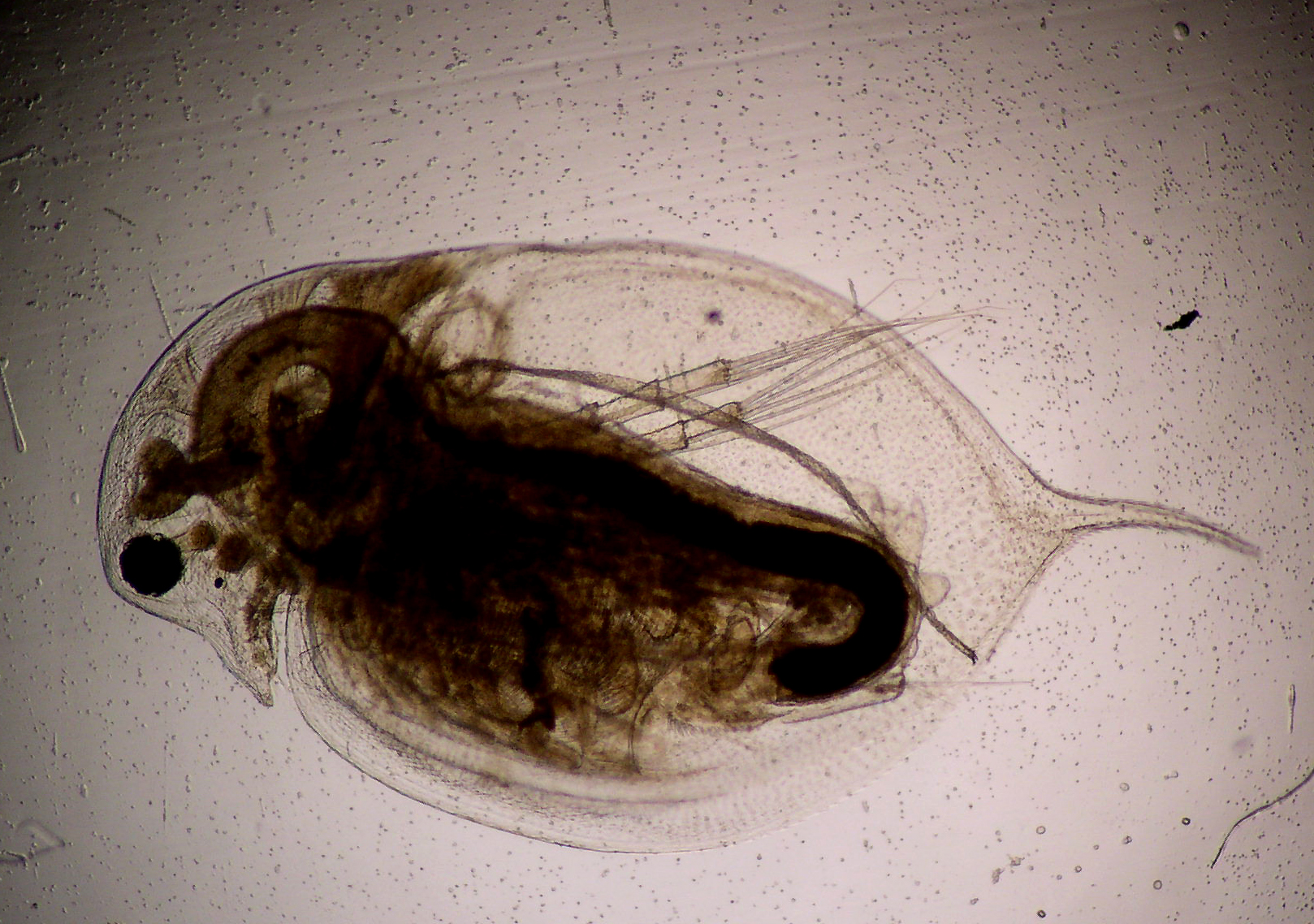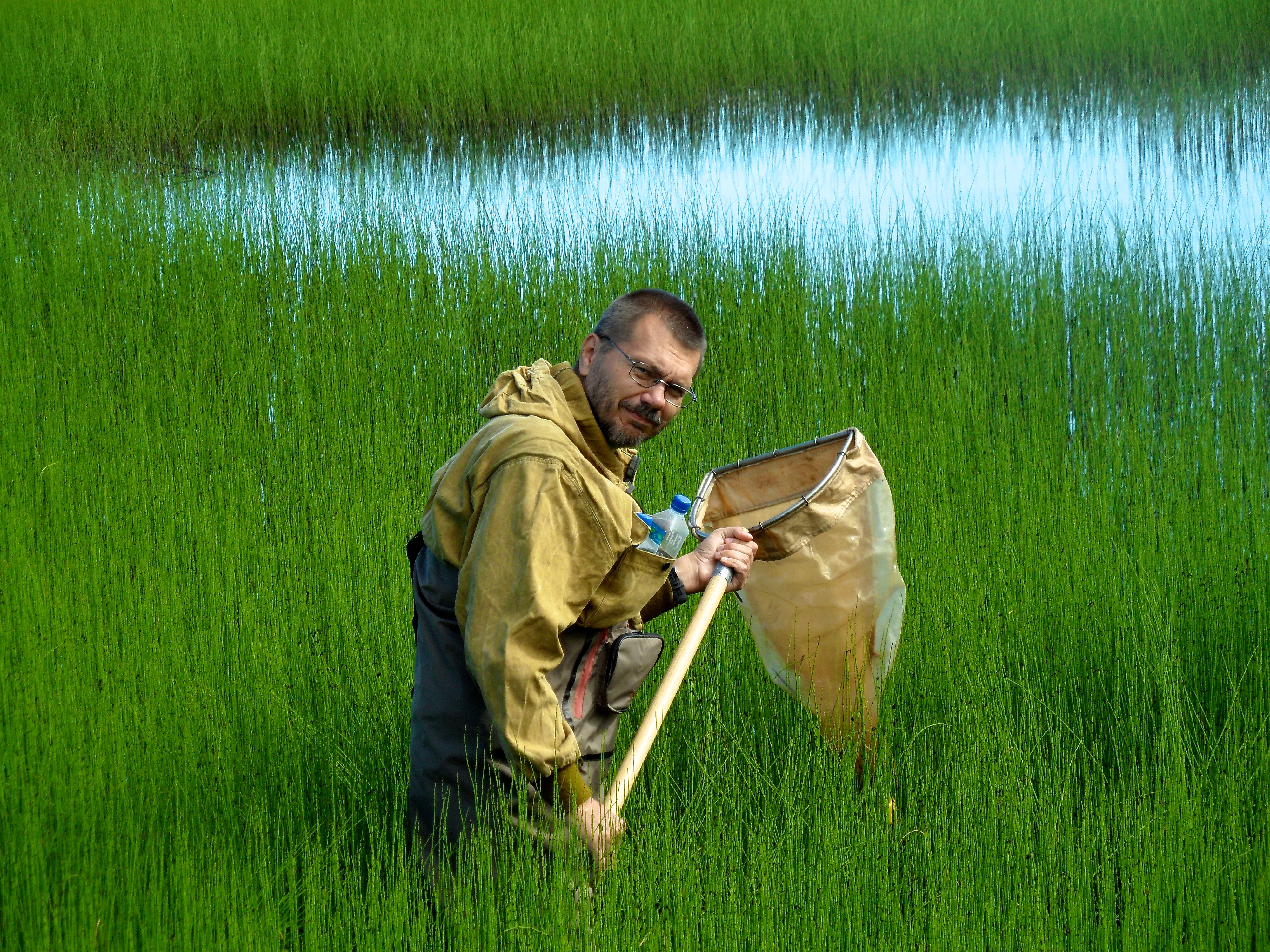
Russian scientists, together with colleagues from the State University of New York at Buffalo, studied the phylogeography, evolutionary rate, and species diversity of cladocerans of the Daphnia curvirostris complex. The sequences of four genes of this complex were studied and the existence of twelve separate species was confirmed. A previously unknown group of four rare species was found in the Far East. Scientists have found that these animals are endangered as a result of human activity. The researchers spoke about the results of the work on the pages of the prestigious zoological publication Zoological Journal of the Linnean Society. The study was supported by a grant from the Russian Science Foundation (RSF).
Daphnia curvirostris is a complex of Holarctic Cladocera species. These species are common in freshwater bodies of the Palaearctic, the largest of the zoogeographic regions of the planet.
“Our work is devoted to the revision of one of the most common groups of cladocerans - Daphnia curvirostris sensu lato, that is, in a broad sense. The team studied the genetic and morphological features of the populations of these animals throughout their modern range. Our research has made a great contribution to the study of the biological diversity of continental water bodies of the Palaearctic, ”says Aleksey Kotov, Doctor of Biological Sciences, Corresponding Member of the Russian Academy of Sciences, Chief Researcher at the A. N. Severtsov Institute of Ecology and Evolution of the Russian Academy of Sciences.
In the process of studying the Daphnia curvirostris complex, scientists used data on the external structure and genetic characteristics of all species included in it. Some of the gene sequence information was taken from the NCBI GenBank open source database. The animals were collected with a plankton net or a scoop net. To study the external structure of the studied individuals, they were taken from samples with a pipette and placed on glass slides in a drop of glycerin, and then examined under an optical microscope with a magnification of up to 1000 times.
The results of the work, combining morphological and molecular methods, are very useful for studying the biological diversity of various animals. The D. curvirostris complex is currently the most studied group both in the genus Daphnia and among all cladocerans.
As a result of the work, the researchers found out that the complex is represented in the world fauna by twelve genetic lines corresponding to biological species. These lines separated millions of years ago. In addition, a group of four closely related species has been identified in the Far East. All species of this group are rare, and are found in certain regions: the first was found only in two small reservoirs in the vicinity of Khabarovsk, the second - in the only mountain lake in Japan, the third - in the only pond in South Korea, and the fourth - in the reservoirs of Jeju Island (South Korea). All of these species are endangered as a result of human activity. Thus, the third of the species listed above may have already died out by now, since the only reservoir in which it lived was destroyed as a result of the construction of a new quarter.
“Our research has demonstrated that the Far East is the center of freshwater fauna endemism. Very ancient relicts survived in this area during the Ice Age. Our study is intended to draw attention to the freshwater bodies of the Far East as a source of unique species that may disappear in the near future. They often live in nondescript ponds and puddles, but these water bodies also need to be protected if we do not want to allow a substantial depletion of biological diversity, ” says Aleksey Kotov.

Photo 1. Female Daphnia curvirostris. Source: Alexey Kotov / IPEE
Photo 2. The moment of sampling. Source: Alexey Kotov / IPEE
Related materials: Relict endangered crustaceans found in the Far East
